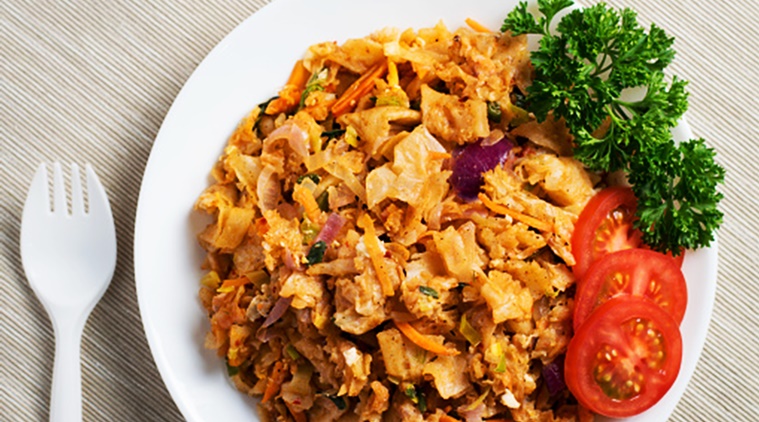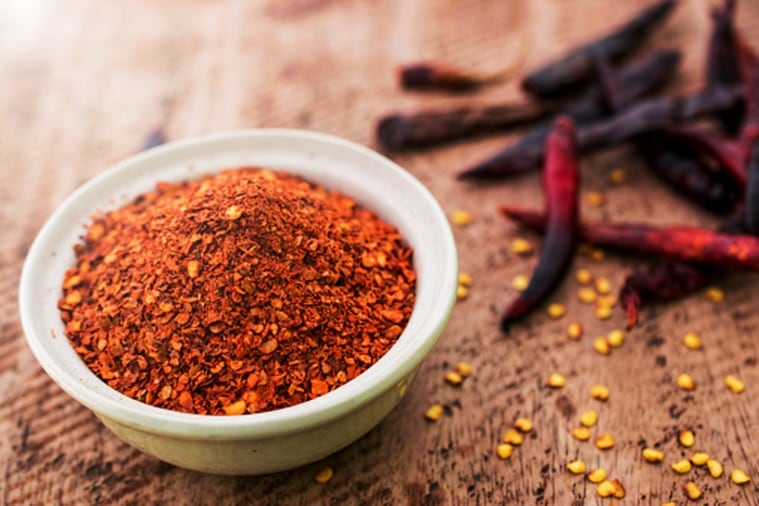 Comfort food; Sri Lankan Kottu Rotti (Source: Getty Images)
Comfort food; Sri Lankan Kottu Rotti (Source: Getty Images)
The scars of a brutal civil war still run deep in Sri Lanka. It is, we soon realise, the most effective way to stifle conversation. So we turn to the subcontinental favourite: cricket. My friend scoffs at the Sri Lankan cricketing team. “They are busy minting money from endorsements,” quips our driver. It is perhaps this sense of jest of the common Sri Lankan and the isle’s bounty that ensures that, at least to the outsider, the country doesn’t appear to be recuperating from a wreck.
The island’s cuisine melds the cultures of its myriad ethnic groups, carries impressions of its colonial past, and is informed largely by its topography, and a little by the West too. As soon as we reach our pre-booked villa in Colombo, we head out again. For the three of us, there is no pang that knocks harder than hunger. We were advised to try out Upali’s by Nawaloka. It is, as luck always has it, closed for breakfast. We defer our date with Upali till lunch and settle for a prodigious English breakfast, pancakes, waffles and three brimming mock pots. How we managed to sleep after that caffeine influx, we don’t know but we are up in time to keep our lunch date.
 Maldive fish sambol with onion and dried red chillies. (Source: Getty Images)
Maldive fish sambol with onion and dried red chillies. (Source: Getty Images)
Replete with local delicacies — sambols, maalu olu (fish head curry), kukul mas mirisata (village style chicken curry), polos (jackfruit curry), kottu, hoppers (appam) — Upali makes for the perfect introduction to Sri Lankan cuisine. Of their dozen varieties of sambol, we settle for the seeni sambolaya which turns out to be a savoury onion jam flavoured with chilli and bonito fish flakes. We pair porottas with the chicken curry, which resembles a mean Indian chicken curry but offers an entirely different kind of heat — courtesy the black pepper.
Widely used, black pepper is native to the country and many dishes it features in are labelled black curries. In Sri Lanka, food is identified by the hue it acquires in the kitchen. A red curry gets its colour from red chillies, a white from coconut milk, and so on. It’s much like the food of the southern part of India, especially the spice-laden Kerala. The dominant spices overlap — pepper, cloves, nutmeg, mace, cardamom, cinnamon, turmeric, curry leaves, garlic, tamarind. And like ours, rice is the mainstay of Sri Lankan cuisine as well.
In a bid to avoid travel clichés, my friend turns to Google for local watering holes, and homes in on the dodgy Vespa Sports Club — run out of the garden of an old house. The staff here knows how to spot tourists with a thirst and deftly places glasses of arrack before us. Arrack is considered to be one of the oldest distilled spirits. In Sri Lanka, it is made by fermenting and distilling the sap of unopened coconut flowers. It’s smooth, takes its time with you and could be compared to cognac.
Next day, we head to Galle with another driver. An excitable fellow, he insists we stop by his house before swerving on to the highway. We do so, and are hosted by his gracious wife, daughter, dog and rooster, before he declares his intent of taking us shooting in his backyard. It’s a garden gone bonkers; plants, weeds, insects — all thriving, all fighting for space. And amid them, are the three of us, armed and ready to shoot. The boys’ thrill doesn’t rub off on me, I can barely hold up the rifle and hit the shooting target by a hair’s breadth.
We reach Galle on a drizzly evening and head straight for dinner. Walking on the cobbled streets lining the high 16th century arches built by the Portuguese, it is difficult not to be drawn in by the history that permeates the Galle Fort area. A travel writer had tipped us off about Elita Restaurant. A short walk away, it’s a great place to enjoy the island’s fresh catch, chalked on the board outside, that can be picked from their well-lit icebox. They do a variety of sea creatures in sauces — garlic cream, lime cream, red chilli and white wine. The waiting staff are busy appeasing the Western crowds, we are the only brown people in the restaurant. But despite that, Elita is an essential stop, not one dish disappoints.
The next day, as we walk along the Galle fort, a Unesco World Heritage site, that juts out into the Indian Ocean, the light showers turn into a squall. We huddle into a small café, Aruna’s Kitchen, run by a mother and her little daughter. Her potato curry is what family secrets taste like, passed down generations.
The island, especially Mirissa — further down the southwestern coast — offers blue whale sightings between December and April. We are just in time, so we set out into the ocean to spot the magnificent cetaceans but stay, for the most part, closer to the shore. Right on the beach of this small town is the restaurant Zephyr. It calls for a repeat visit. We oblige twice. It’s airy, easy, blaring EDM through the evening but brings out good-looking plates. The chilli-jaggery beef tenderloin, which comes with a coconut gravy and mash, is a revelation. Much like the Sri Lankan style mustard pork served with steamed rice, poppadom and eggplant mojo — wedges of candied eggplant pickle that are sweet, sour and salty. We wolf it down over mumbles of the demands that lives we lead back home make of us.
A few steps away from Zephyr is a sea stack with an arch connecting the shorter to its taller, better half. We decide to walk along the roughly six-feet-long, few-inches-wide archway to get to its highest point. I lose the boys somewhere but find a rickety stone bench on one edge. Before the sunset, life’s cares cease to be daunting.